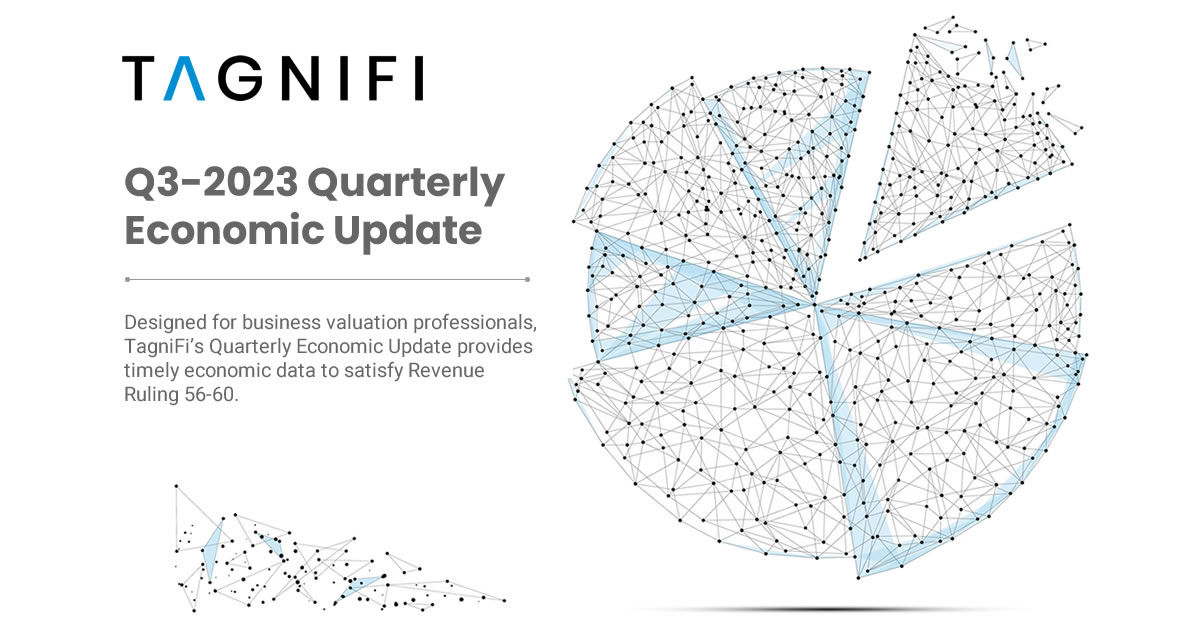
Highlights
“The Fed continues to weigh incoming economic data carefully before raising rates further, implementing a rate hike in two of the last four meetings after ten increases in a row.”
Summary
In the 3rd quarter of 2023, the U.S. economy remained durable in the face of headwinds, thanks in large part to the resilience of American consumers. Production, spending, and job gains all exceeded expectations, even as interest rates reached a more than 22-year high. The current pace of growth is not expected to persist, but recession fears seem to be fading as the data continues to support the Fed’s hope of a “soft landing” for the economy.
Though the unemployment rate edged up further from the nearly 54-year low it reached earlier this year, it remains below the 4.0% to 5.0% range widely accepted as an equilibrium level of “full employment.” Additionally, the uptick in unemployment came along with a commensurate increase in labor force participation rate and a 1-million worker gain in the size of the labor force. On the payroll side of the labor market, nonfarm employee counts exceeded expectations and fueled enthusiasm about the state of the economy.
Inflation, which has been generally abating for the last 15 months due to a strong response from the Fed, proved stubborn in the 3rd quarter. The Fed continues to weigh incoming economic data carefully before raising rates further, implementing a rate hike in two of the last four meetings after ten increases in a row. Yet an economy characterized by unflinching consumption means the Fed can keep rates elevated longer. Indeed, the FOMC’s latest projections demonstrate an increase in longer-term target rate expectations.
Weaker spots in the 3rd quarter economic landscape include the housing and capital markets. Inventory constraints and high borrowing costs continued to dampen the housing market, with mortgage rates at an almost 23-year high. Homebuilding starts and existing-home sales were both down in the 3rd quarter, while prices continued to rise.
With investors expecting interest rates to remain high for the foreseeable future, plus multiple highly publicized labor strikes and a near-brush with government shutdown at the end of September, capital markets suffered in the 3rd quarter of 2023. September closed with stocks in the red, bolstering hopes for an October rebound.
FOMC members revised projections of economic growth steeply upward to 2.05% in 2023. Growth is projected to moderate in future years to 1.80% in 2025. Unemployment projections were lowered for both the near and longer terms, at 3.80% for 2023 and rising to 4.10% for the next two years.